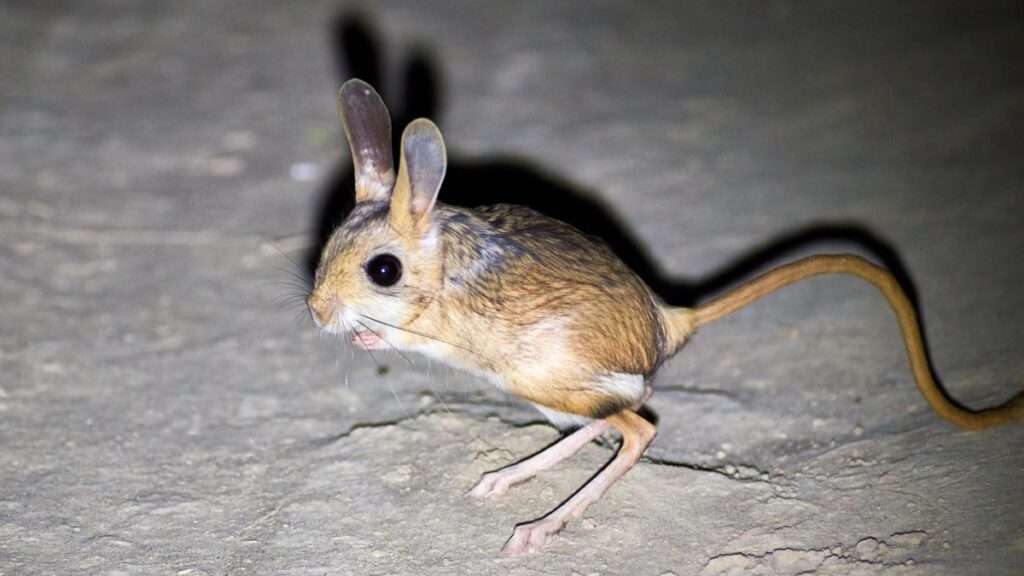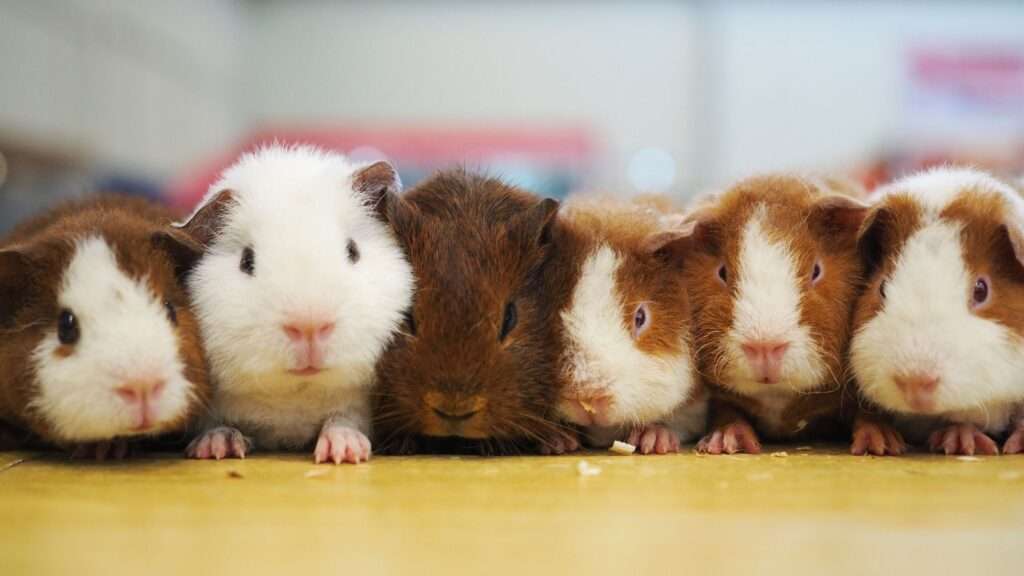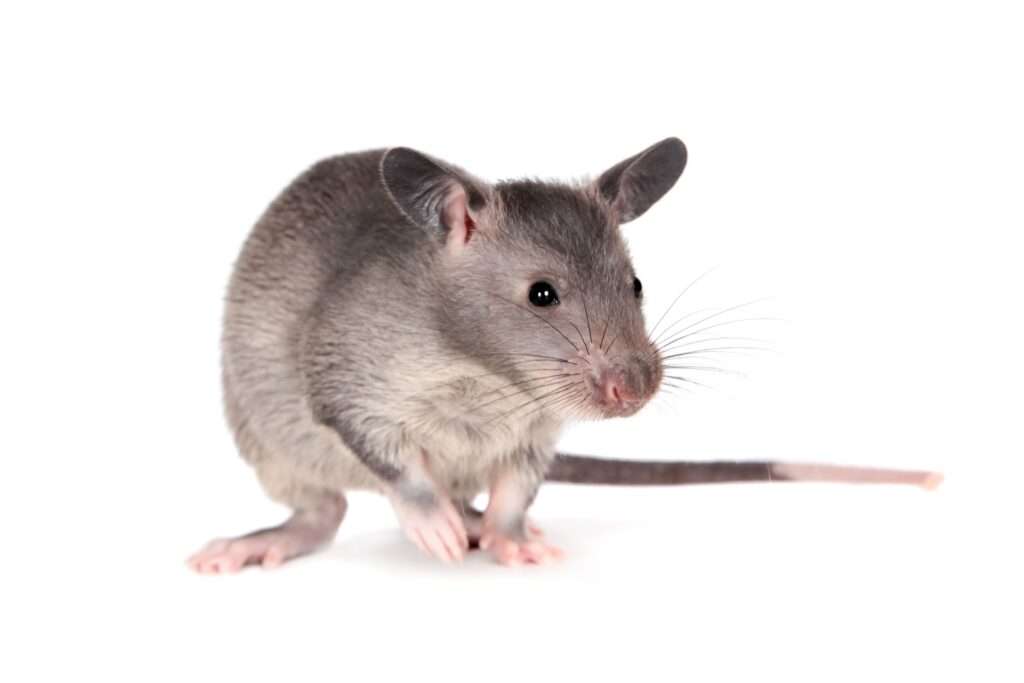
Description
Scientific Name: Dipodidae
Jerboas share certain exterior characteristics with little kangaroos, including their appearance. Both animals have lengthy tails, short forelegs, and long hind legs. Jerboas hop, or saltate, in a similar ways as kangaroos do when moving about.
Their foramen magnum, the hole at the base of the skull, is forward-shifted like that of other bipedal mammals, which improves two-legged mobility. A white clump of hair is frequently visible at the end of a jerboa’s tail, which can grow to be longer than its head and body. Jerboas utilise their tails as a prop when sitting up straight and as a means of balance when hopping. Fine jerboa fur is typically sand-colored. This shade of colour typically complements the jerboa’s habitat (cryptic coloration). Some members of the jerboa family have ears that are long, resembling those of a rabbit, while others have short ears, resembling those of a mouse or rat.

Habitat
Jerboas are hopping rodents that belong to the Dipodidae family and are widespread in North Africa and Asia. They frequently inhabit scorching deserts. They dig tunnels in the sands of the desert and spend the majority of the hot daylight hours sleeping there. Jerboas search for higher hills to burrow into during the rainy season to prevent flooding.
Behavior
Jerboas are crepuscular animals and are most active around dusk. They take refuge in burrows throughout the sweltering day. Due to the reduced nighttime temperatures, they emerge from their burrows. They dig their tunnel openings close to vegetation, especially along field edges. They dig tunnels in hills or mounds during the rainy season to lessen the likelihood of floods. Jerboas living in holes block the entrance in the summer to keep out hot air and, some researchers theorize, predators. Burrows are typically built with an emergency exit that opens at the surface but is not significantly blocked and ends just below the surface. This enables the jerboa to run away from predators fast.
Related Jerboas commonly dig four different kinds of burrows. In order to provide cover while hunting throughout the day, a temporary summer day burrow is used. They also develop a second, temporary burrow that they use for nocturnal hunting. Additionally, they have two permanent burrows: a summer burrow and a winter burrow. Throughout the summer, the permanent summer burrow is actively used, and the young are raised there. Jerboas use their permanent winter tunnel to hibernate during the winter. Burrows that are temporary are smaller than those that are permanent. These critters are heavier before hibernation, especially in ungrazed locations, just like other mammals that do it (Shuai).
As Pet/ In Captivity
Caging
Jerboas can be housed in couples or even groups in sufficiently big housing. Most often, glass enclosures rather than cages with bars are advised for jerboas. For this little rodent species that is extremely active, a wide range of cage sizes have been suggested. Jerboas should be kept in significantly larger cages than conventional little pets because they are intrinsically more space demanding due to their locomotive tendencies, and there is debate over the size of cages for regular hamsters as well.
A “reasonable minimum requirement” is a 20-gallon tank, although he said he felt awful for the animals in that size. Due to unidentified circumstances, these animals perished in six weeks. Lesser Egyptian jerboas were successfully bred at Harvard University in glass terrariums that measured 32x20x20 inches and had nothing but bedding, a nest box, a sandbox, and a food bowl.
Diet
To give pregnant, lactating, or growing jerboas more protein, captive animals can be fed freeze-dried lentils, hay, fresh vegetables (such as greens, carrots, sprouts, bell peppers, etc.), and seeds (the Centre for Endangered Arabian Wildlife uses a finch seed mix that contains several types of millet, canary seed, and milo). In addition to the other components of their diet, jerboas need hay to sustain their digestion.
Table





